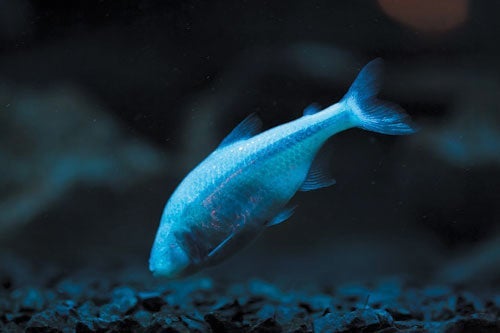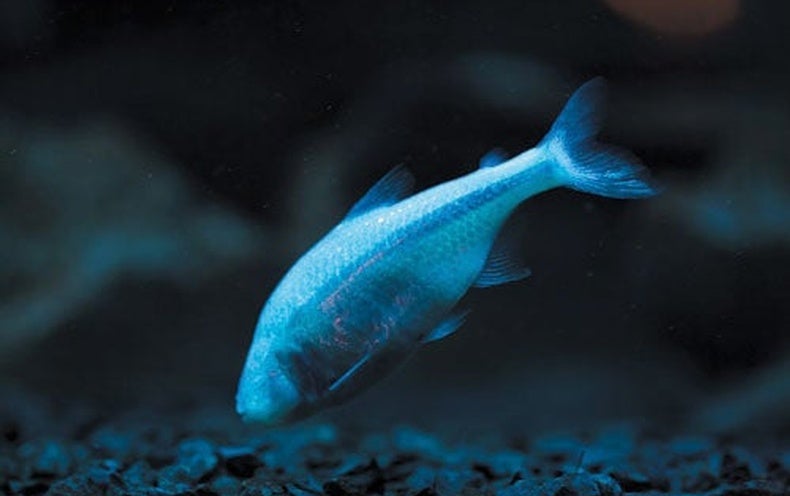
Astyanax mexicanus cave fish have adapted to an incredibly tough environment: chilly, pitch-dark caves that flood about once a year, providing brief feasts separated by long periods of starvation. These fish put on fat easily, maintain high blood glucose levels and sleep very little. They also have lost their eyes and coloration. Despite the challenging conditions they live relatively long lives, often reaching 15 years. Now new genetic research shows that the loss of color, rather than being incidental to evolution, may actually help these hardy fish generate crucial energy.
Researchers at the Stowers Institute for Medical Research in Kansas City, Mo., led by evolutionary biologists Jaya Krishnan and Nicolas Rohner, discovered this possibility when mapping gene-regulation changes that help A. mexicanus survive its harsh environment. Studying regulatory regions of DNA (which do not produce proteins directly but instead control where and when other genes produce them) is challenging, and the scientists used two techniques to compare such segments in the cave fish with those in related river fish. First they mapped changes in chemical marks on the DNA that determine which genes are expressed, and then they tracked mutations in the regulatory regions—which they identified by looking at which segments of genetic code were physically opened for transcription and which ones were folded and closed.
“This represents a massive technological advance that will enable future [cave fish] studies,” says Suzanne McGaugh, an evolutionary biologist at the University of Minnesota, who was not involved in the new study, published recently in Nature Genetics.
Using these techniques, the researchers found many differences in the cave fish genomes compared with their surface fish relatives’, including a deleted DNA segment in the gene hpdb. This mutation makes the cave fish unable to metabolize the amino acid tyrosine to make the pigment melanin, resulting in their colorless appearance. The researchers concluded that tyrosine “can [instead] get shuttled to make energy when the cave fish is already in an energy-deprived situation,” Krishnan says. “It uses any or all available substrate to make energy and survive in that harsh environment.”
Tyrosine also helps to produce dopamine and norepinephrine, which many animals secrete in response to stress. Previous cave fish studies have connected pigment loss to increased levels of these hormones and to the cave fish’s low sleep requirements. This paper suggests that loss of pigment affects metabolism as well, McGaugh says.
Because traits such as coloration, metabolism and sleep rely on related hormones and chemical reactions, adaptation in one area will alter all of the others, too. These trade-offs are likely the rule rather than the exception in animals that live in nutrient-deprived habitats, Krishnan says.

